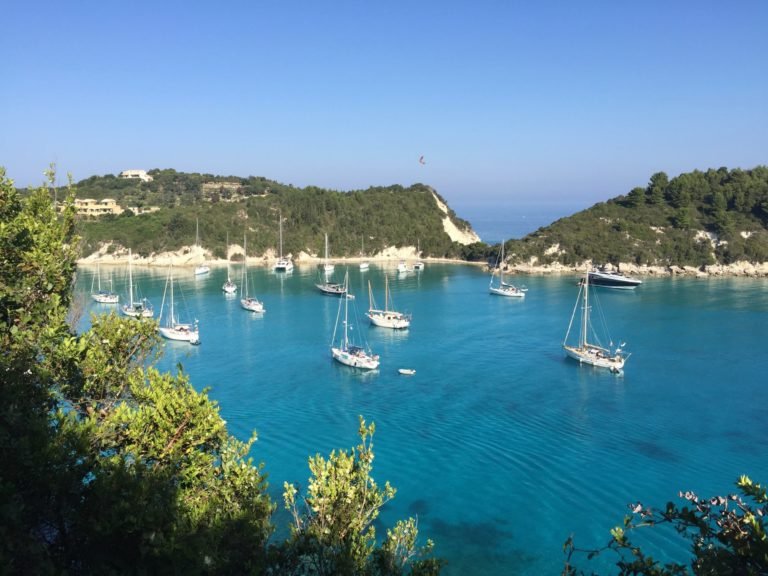A Short History of Syvota
Syvota, also known as Sivota or Syvota Bay, is a picturesque village and harbor located on the southeastern coast of Lefkada (Lefkas) island in the Ionian Sea, Greece. Its history is intertwined with the broader history of Lefkada and the Ionian Islands, marked by ancient settlements, Venetian rule, and modern tourism development.
Ancient and Medieval Periods
Lefkada’s history dates back to antiquity, with the island being part of the Corinthian sphere of influence in the 7th century BC. It is believed that the area around Syvota, due to its strategic and sheltered location, may have been used by ancient Greek sailors and traders. The harbor’s natural protection would have made it an ideal spot for anchorage and trade.
During the Roman and Byzantine periods, Lefkada remained an important maritime hub. However, specific historical records of Syvota during these periods are scarce, as much of the detailed history focuses on larger settlements such as the ancient city of Nirikos.
Venetian Rule and Ottoman Era
In the 14th century, Lefkada fell under Venetian rule, which lasted until the late 18th century, with a brief period of Ottoman occupation. The Venetians fortified the island and developed its infrastructure, including ports and harbors, which likely included Syvota due to its strategic maritime significance. The Venetian period was marked by the construction of roads, fortifications, and the flourishing of trade.
Following the Venetians, Lefkada, along with the other Ionian Islands, came under Ottoman control for a short period before being ceded to the French, then the British, and finally being united with Greece in 1864. During these turbulent times, Syvota remained a quiet fishing village, relatively untouched by the larger political changes.
Modern Era and Tourism Development
The modern history of Syvota is characterized by its transformation from a traditional fishing village to a popular tourist destination. In the 20th century, Lefkada began to attract visitors due to its natural beauty, pristine beaches, and crystal-clear waters. Syvota’s picturesque harbor, surrounded by lush green hills and offering safe anchorage, made it an attractive spot for yachts and sailing boats.
The development of infrastructure, including roads and tourism facilities, has significantly boosted Syvota’s profile. Today, it is renowned for its charming waterfront lined with tavernas, cafes, and small shops catering to tourists. The harbor is often filled with sailing boats and yachts, creating a lively and cosmopolitan atmosphere during the summer months.
Despite the influx of tourists, Syvota has managed to retain much of its traditional charm. The village remains a testament to the harmonious blend of natural beauty and cultural heritage, attracting visitors who seek both relaxation and a touch of authentic Greek island life.
Cultural Significance and Attractions
Syvota is not just a modern tourist hub but also a place where visitors can experience local culture and history. The nearby areas offer hiking trails, ancient ruins, and churches that reflect the island’s rich history. The local cuisine, featuring fresh seafood and traditional Greek dishes, is another draw for visitors.
In summary, Syvota on Lefkada island is a place where history and modernity converge. From its ancient maritime roots and Venetian influences to its present-day status as a beloved tourist destination, Syvota’s story is one of enduring appeal and continuous transformation.





